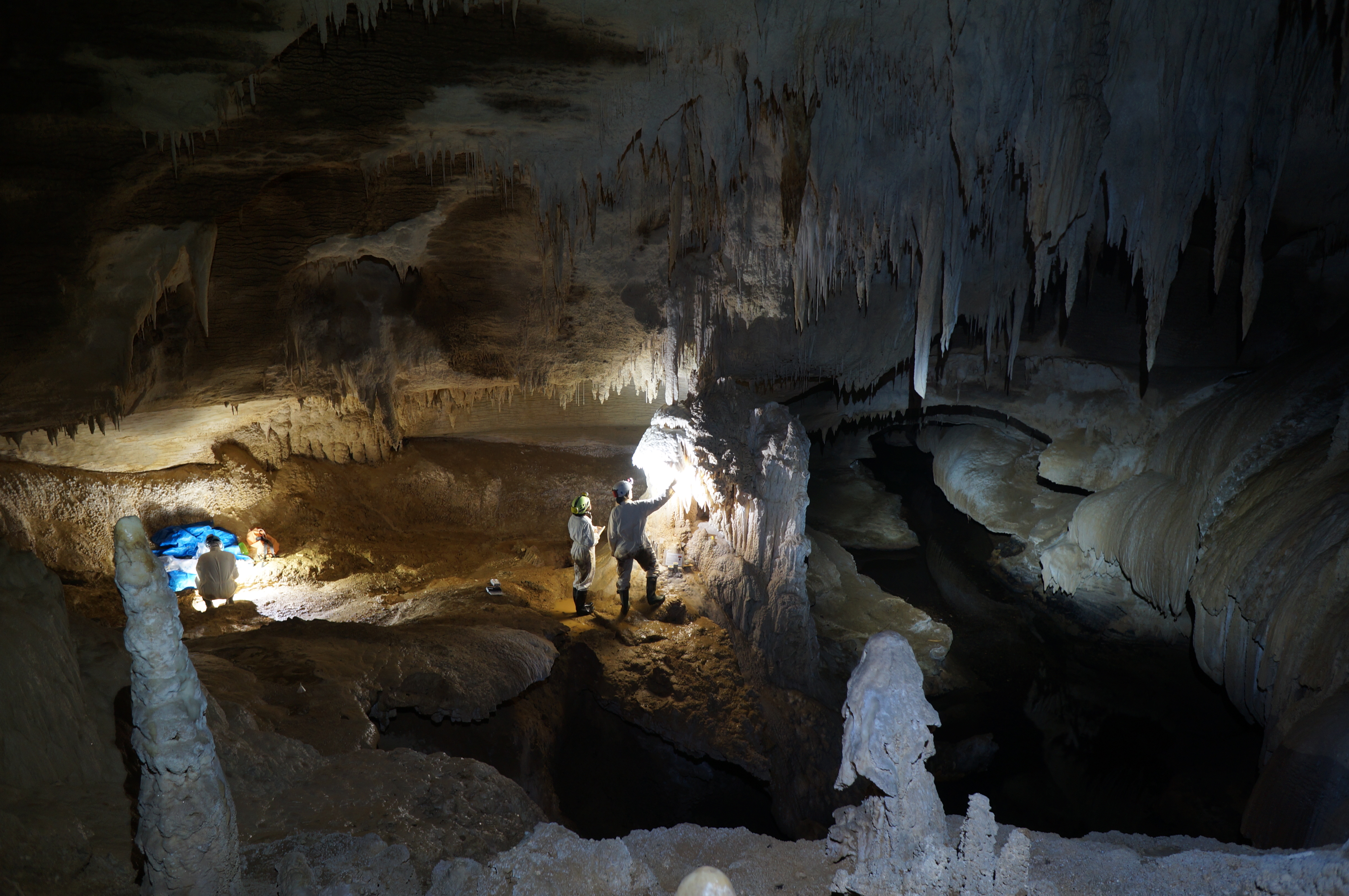- Home
- Science Introduction
- SISAL Scientific Goals
SISAL scientific goals
The SISAL working group has a well established network with over 100 members from 20+ countries.
In SISAL Phase 2, we will use the SISAL database, coupled with cave monitoring, karst and climate modeling studies, to improve our understanding of speleothem records, their climatic interpretation and usefulness for model evaluation.
Specific objectives
1. Assess how cave monitoring data can improve the climatic interpretation of speleothem isotopic records. We are liaising with the cave monitoring community via the Innsbruck Quaternary Research group to gather data from individual researchers.
2. Explore the use of proxy-system and process-based modeling of oxygen and carbon isotopes to explain changes in speleothem isotopic records through time.
3. Assess how trace elements can strengthen climatic interpretations of speleothem isotopic data in addition to providing independent palaeoclimatic and palaeoenvironmental information.
4. Incorporate age-modeling uncertainties into the interpretation of proxy records, building on work already begun in the third year of SISAL Phase 1. Investigation of uncertainties through comparison of different age-modeling techniques will strengthen the age-models of all speleothem archives.
5. Draw on the various approaches listed in the objectives above to reconstruct past climate based on robust interpretations of the speleothem records for use in PMIP non-isotope enabled climate model evaluations.
